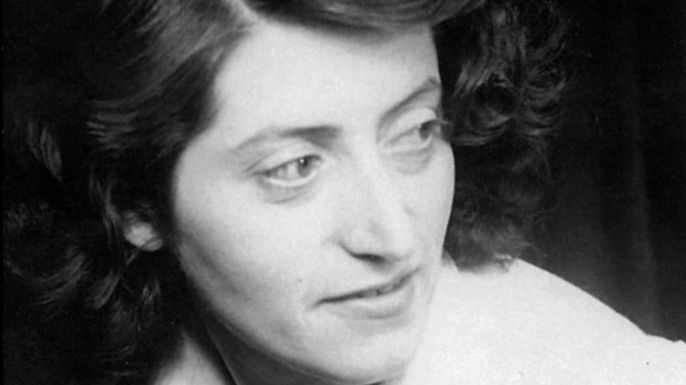
The development of the Resistance accelerated greatly due to military developments well outside the sphere of influence of the combattants themselves. These events contributed to a growing determination to act, as well as to a confidence and optimism that Nazi Germany may be living on borrowed time.
In one of her books, La Résistance expliquée à mes petits-enfants (Éditions de Seuil, 2000), one of France’s most celebrated résistantes, Lucie Aubrac, herself a former History teacher, outlined the five steps that were, for her, extremely influential in the development of the Resistance into something much bigger and better organised than had been the case.
Firstly, the invasion of the Soviet Union by Hitler’s armies meant not only that a large part of the German army would be engaged on the Eastern front, but also that communist maquis groups could claim to have cut all ties with Hitler.
Secondly, when Japan – allies with Germany and Italy - attacked the American fleet stationed at Pearl Harbour the United States’ hand was forced, and its’ entry into the war was inevitable. For France and her Allies this was a huge boost.
Then in July 1942 Hitler ramped up his anti-semitic policy within France. In calling for the arrest and delivery of fourteen thousand Jews of sixteen years or more Hitler was surprised at the keenness off the Vichy authorities to fulfil the quota. News of the grands rafles such as that at the Vél d’hiver in Paris spread fast and talk of deportation and death camps began to circulate. In the Dordogne and elsewehere this led to a surprising rise in the number of familes keen to shelter exiled Jewish families from harm.
The church, a huge influence on the middle class stepped in and helped rescue young Jews while the Resistance members with links to Social Services went into overdrive creating false papers. School teachers began putting themselves at risk by hiding Jews in plain sight. This is the side of the Resistance that is less celebrated than the actions of those brandishing machine guns, but which required no less bravery. Readers of Joseph Joffo’s book Un Sac de Billes or viewers of Louis Malle’s movie Au Revoir Les Enfants will recognise the significance of these acts of Resistance.
In November of 1942 Americans landed in North Africa. Immediately France was occupied in its totality as Hitler recognised that his North African policy was in tatters. As the demarcation line became little more than an administrative border French patriotism swelled and support for Pétain’s policy of collaboration (though not necessarily for Pétain himself) waned. This was compounded by the order to destroy a fleet of French battleships harboured in the Mediterranean port of Toulon so that they might not fall into the hands of the Allies in North Africa.
Finally, for Lucie Aubrac, when the STO was extended to all young Frenchmen of twenty one to twenty three years of age in 1943 the maquis’ numbers would further swell. Hitler had sent many of his factory workers into the army and they had to be replaced. Layers of support within the civilian or legal world would also develop in support for the young men forced to flee into the woodland to live as outlaws, though it must be underlined that the number of réfractaires that actually joined the maquis was relatively low.
For Lucie Aubrac however this was all just the beginning. It would take the unification of the various elements that had grown to really create an effective Resistance. In this she herself, together with her husband Raymond, would play a role. For them, and for most students of the Resistance, the key man in the creation of an effective, cohesive force was a man who, martyred, would become a symbol of French Resistance. His influence was everywhere, and they knew him as either Max or Rex. We know him as Jean Moulin.
